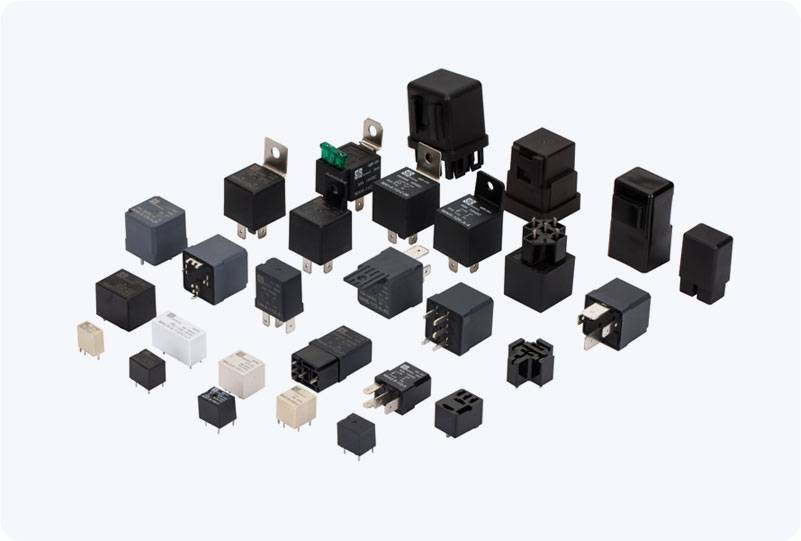Relays are essential components in modern vehicles, enabling efficient control of high-power electrical systems with low-power signals. They are used to control a wide range of devices, including headlights, fuel pumps, air conditioning systems, and starter motors. Although relays are generally reliable, like all electrical components, they can fail over time, leading to various issues in a car’s electrical system. Understanding the common failure modes of relays in cars can help drivers and technicians diagnose and resolve these problems more effectively.

1. Sticking or Welded Contacts One of the most common failure modes of relays in cars is the sticking or welding of internal contacts. This typically occurs when the relay is exposed to prolonged high current or excessive electrical load. The relay’s internal contacts are designed to open and close to control the electrical flow. When these contacts stick or become welded together, the relay can no longer function as intended. For example, if the relay controlling the fuel pump sticks in the “on” position, the fuel pump may continue running even when the car is turned off, leading to potential battery drain or engine performance issues.